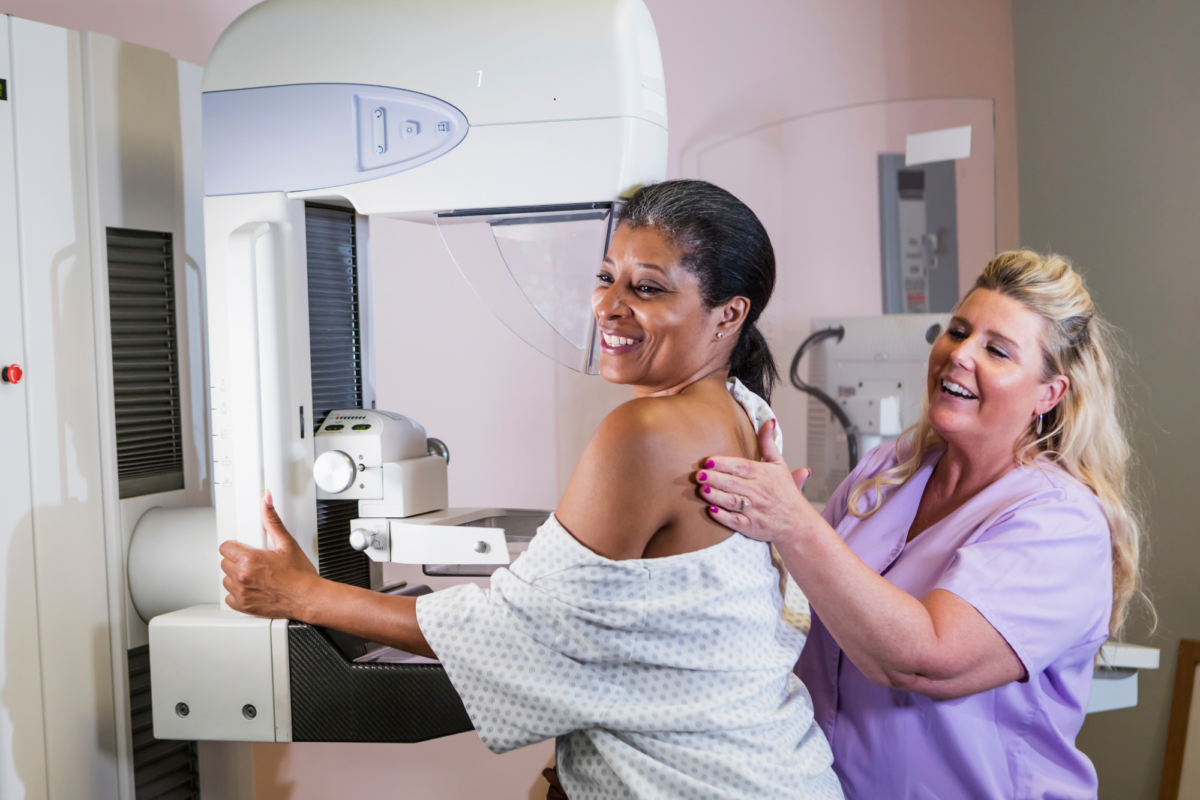The Importance of Mammograms: Why Every Woman Should Get Screened

Breast cancer is one of the most common cancers affecting women worldwide, with early detection playing a critical role in improving outcomes and saving lives. Among the various screening tools available, mammograms stand out as a cornerstone in the fight against breast cancer. But why exactly should every woman prioritize getting a mammogram? Let’s delve into the reasons why this screening test is so important.
Early Detection Saves Lives:
Perhaps the most compelling reason to get a mammogram is the potential to detect breast cancer in its earliest stages. Mammograms can identify abnormalities, such as tumors or calcifications, before they can be felt through self-examination or noticed by a healthcare provider during a clinical breast exam. Detecting breast cancer early significantly increases the chances of successful treatment and improves long-term outcomes.
Screening Guidelines and Recommendations:
Leading medical organizations, including the American Cancer Society and the U.S. Preventive Services Task Force, have established screening guidelines recommending regular mammograms for women starting at age 40 or 50, depending on individual risk factors. Following these guidelines ensures that women receive timely screenings tailored to their age, health status, and personal history, maximizing the effectiveness of early detection efforts.
Assessing Individual Risk:
Mammograms can help assess a woman’s risk of developing breast cancer based on factors such as age, family history, genetic predisposition, and personal medical history. Women at higher risk may benefit from more frequent or additional screening tests, allowing for proactive management and risk reduction strategies.
Detecting Abnormalities and Changes:
Mammograms can detect various abnormalities in breast tissue, including masses, cysts, calcifications, and architectural distortions. While most abnormalities are benign, further evaluation may be needed to determine if they are cancerous or require additional monitoring or treatment. Regular mammograms provide a baseline for comparison over time, enabling healthcare providers to detect subtle changes that may indicate the presence of cancer.
Complementary to Clinical Breast Exams:
Mammograms are often used in conjunction with clinical breast exams performed by healthcare providers. Together, these screening methods provide a comprehensive approach to breast cancer detection and prevention. Clinical breast exams can detect abnormalities that may not be visible on mammograms alone, while mammograms can reveal changes in breast tissue that may not be palpable during a physical examination.
Empowering Women with Knowledge and Control:

By prioritizing mammograms, women take an active role in their breast health and well-being. Regular screenings empower women with knowledge about their risk of breast cancer and provide an opportunity for early intervention and proactive management. By staying informed and proactive, women can take control of their health and make informed decisions about their care.
Conclusion:
In conclusion, mammograms play a pivotal role in early detection and prevention efforts against breast cancer. Every woman, regardless of age or risk factors, should prioritize getting regular mammograms as part of their preventive healthcare routine. By investing in regular screenings, women can take proactive steps to safeguard their health, detect breast cancer early, and improve their chances of successful treatment and long-term survival. Together, we can work towards a future where breast cancer is detected early, treated effectively, and ultimately, eradicated.
